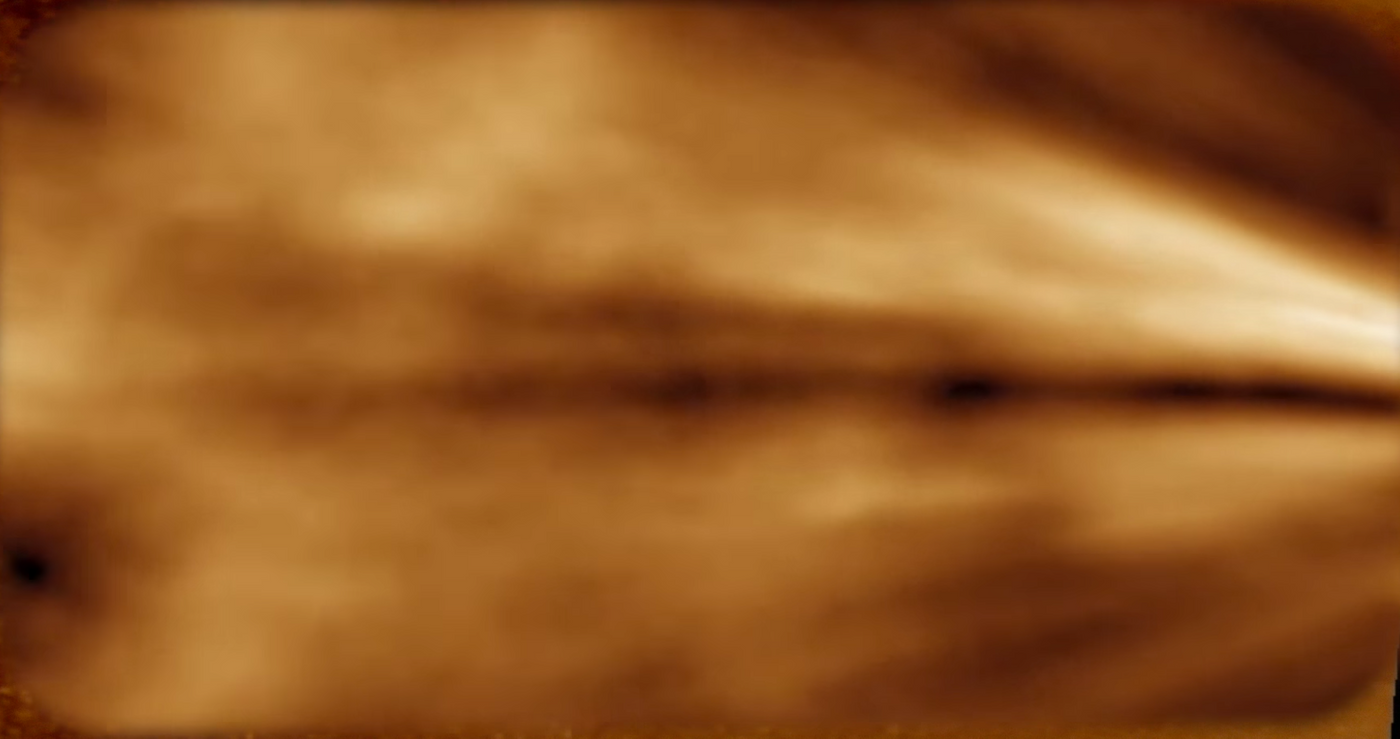New Study Illustrates How Solar Wind Works Beyond the Sun's Magnetic Reach
Astronomers have been observing the Sun with various kinds of equipment for ages to get a better understanding of how its magnetic fields affect the solar wind, and they’ve recently made strides in this research.
What they’ve found has been published in The Astrophysical Journal.
Using NASA’s Solar Terrestrial Relations Observatory (STEREO), experts have managed to map out previously un-mapped regions of the Sun’s solar wind, a force that reaches many of the Solar System’s planets. It turns out there is a boundary between where the Sun's solar wind can be controlled by its magnetic fields, and where it can't be.

Image Credit: data from Craig DeForest, SwRI
Computer algorithms have allowed these researchers to dim the competing brightness from stars and dust in the background of the footage, giving us what appears to be the first ever pure recording of solar wind in a region we’ve never mapped out before.
The footage gives us a front row seat at how solar wind structure changes as it gets further and further away from the Sun, beyond the corona.
After a certain distance, around 20 million miles away from the Sun’s surface, solar wind is no longer as organized and it begins on a much less-controlled course because the magnetic field can’t control it anymore. The consistency of that solar material can be observed, and that’s just what these researchers have managed to do.
“As you go farther from the sun, the magnetic field strength drops faster than the pressure of the material does,” said Craig DeForest, lead author of the paper and a solar physicist at the Southwest Research Institute in Boulder, Colorado. “Eventually, the material starts to act more like a gas, and less like a magnetically structured plasma.”
The reason this study is so important is because processing this kind of footage without destroying the parts we need to see requires careful attention. The particles seen in the solar wind aren’t that bright, and are easily out-shined by other objects in surrounding space, which has made it difficult to observe this region of the solar wind in the past.
Now having seen how solar wind behaves when it leaves the Sun’s ‘atmosphere,’ scientists can have a better idea of how solar wind impacts the planets in our Solar System. Such can help us better understand phenomena like auroras and prepare for possible hazards.
Source: NASA








